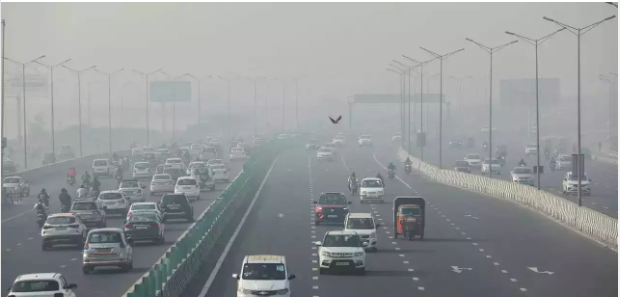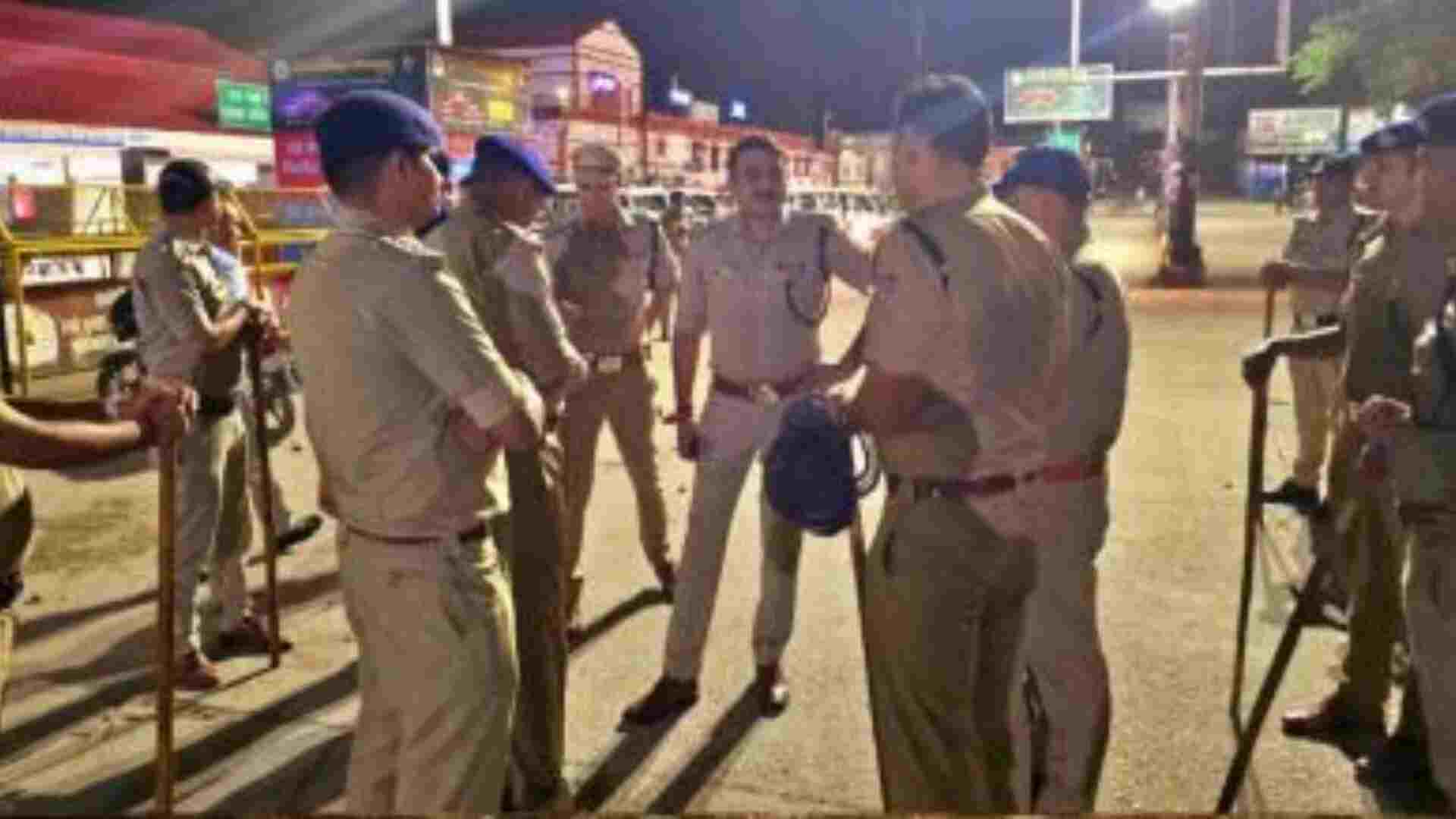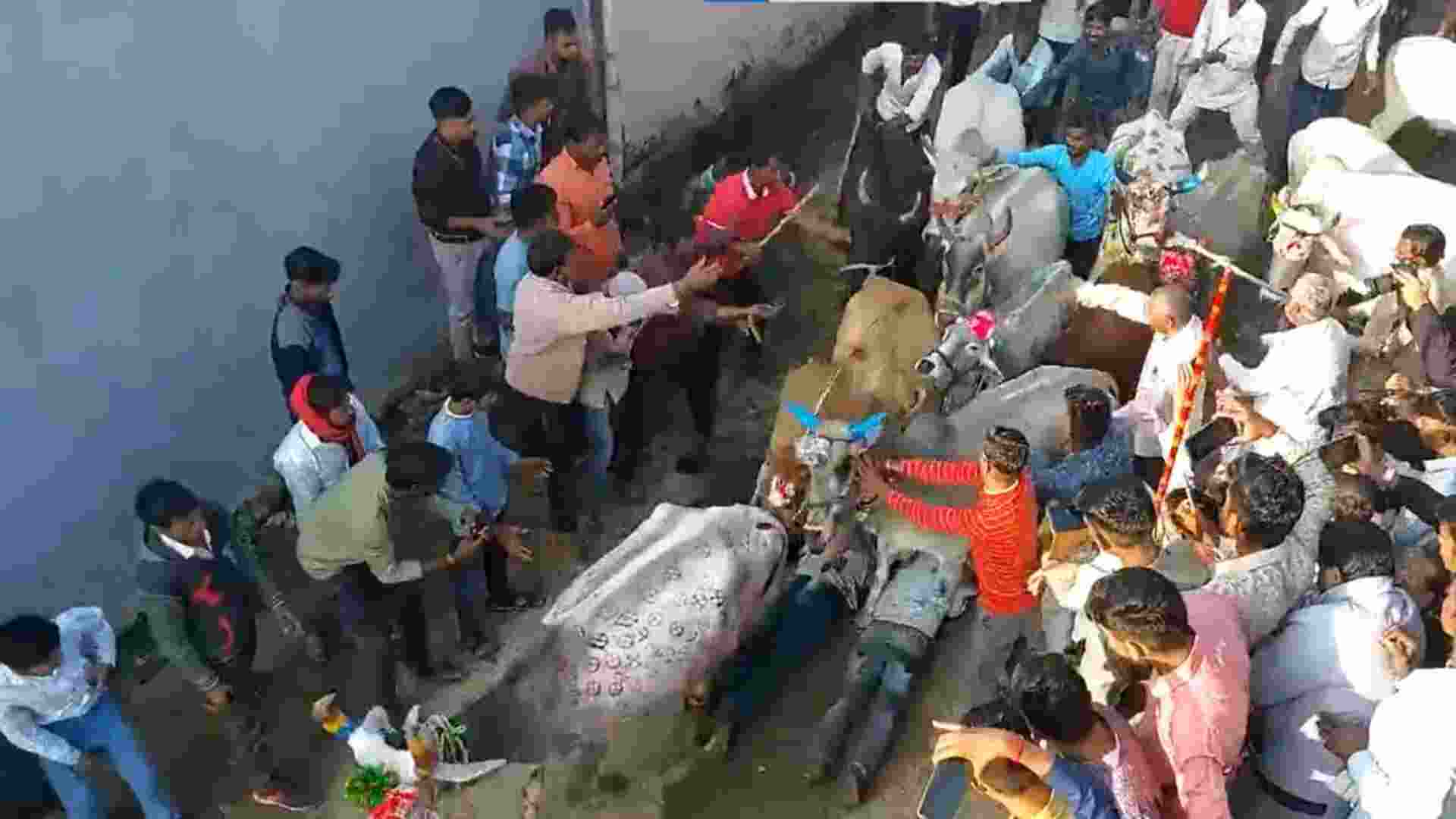
With an air quality index (AQI) of 398, the National Capital’s “very poor” air quality persisted on Sunday morning. As of 7:15 a.m. on Sunday, Delhi’s air quality index was 398, meaning it was classified as “very poor” by the System of Air Quality and Weather Forecasting and Research (SAFAR-India). Anand Vihar’s AQI was 336 according to data from the Central Pollution Control Board that was recorded at 8 am. Analogously, the AQI was recorded at 363 at Alipur, 363 at ITO, and 371 at Bawana – all of which were classified as “extremely poor.”
Following a slight improvement, the Commission for Air Quality Management (CAQM) revoked Stage IV of the Graded Response Action Plan (GRAP) on Saturday.
The decision was prompted by the city’s average Air Quality Index (AQI) reaching 319, as reported by the Central Pollution Control Board (CPCB).
Although Stage IV restrictions were lifted, Stages I to III of the GRAP will persist in the entire NCR to prevent AQI levels from worsening to the ‘Severe’ category.
The CAQM, in a release, said that in view of the significant improvement in the average air quality of Delhi-NCR, the Sub-Committee for operationalization of actions under the Graded Response Action Plan (GRAP) of the Commission for Air Quality Management in NCR and Adjoining Areas (CAQM) met today to review the current air quality scenario in the region as well as the forecasts for meteorological conditions and air quality index made available by IMD/ IITM and also take an appropriate call on the stringent actions under Stage-IV of GRAP already in place in the entire National Capital Region (NCR) since November 5, 2023.















